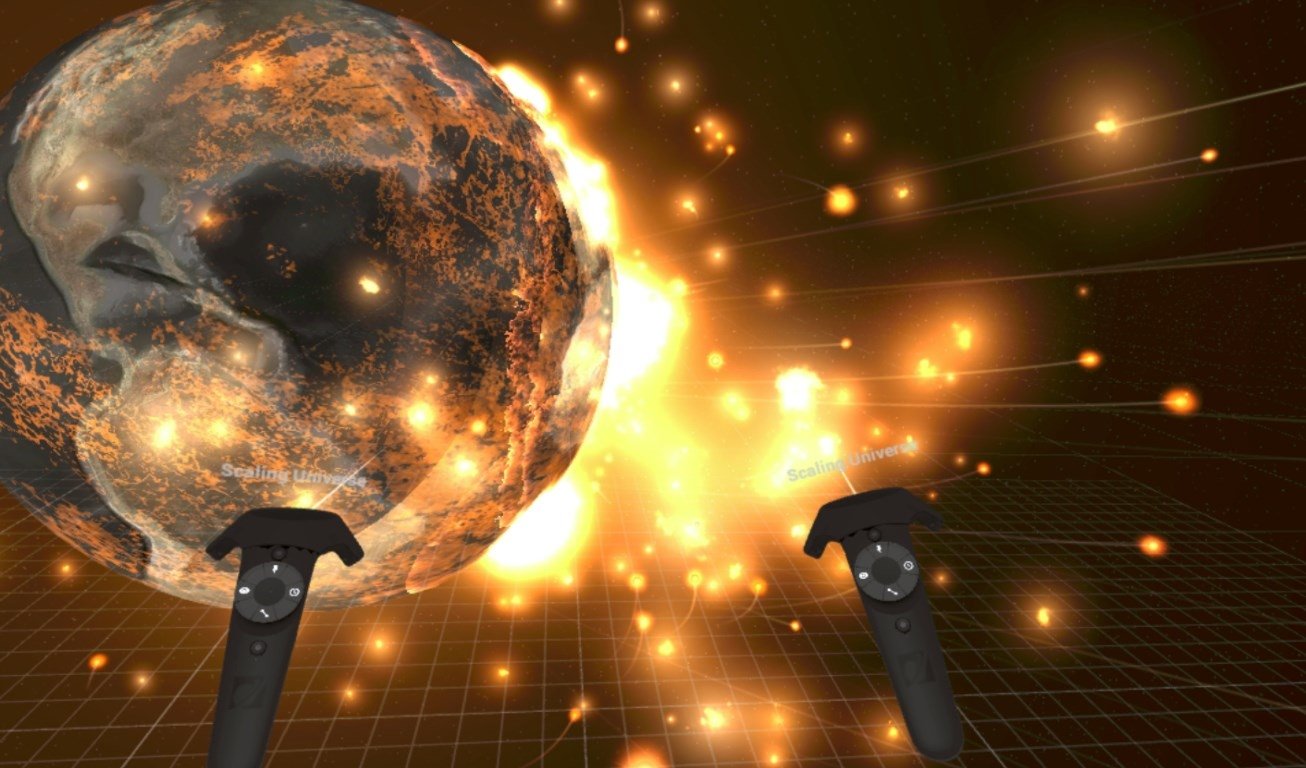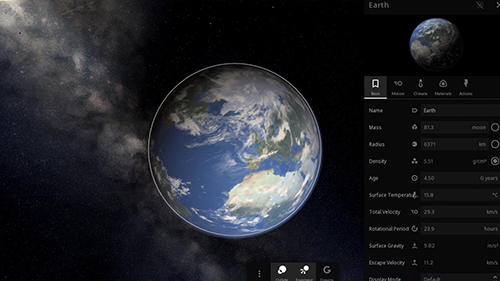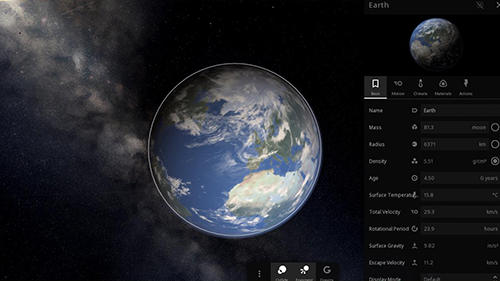

Make a star evolve by cranking up its age or mass, then watch a supernova unfold. Impact planets with asteroids and comets and leave behind massive, molten craters. Or move the Earth farther from the Sun and freeze the entire planet.Īdd carbon dioxide to a planet’s atmosphere to heat it up. Watch sea ice grow and recede with the seasons because of the tilt of the Earth: change the tilt and change the seasons. Real science, real physics, no supercomputer required.Įpic, mind blowing collisions of massive planetary bodies. This is a free, automatic update.N-body simulation at almost any speed using Newtonian mechanics. Use science to bend the laws of gravity, collide planets, boil away oceans, fire epic space lasers, and customize your universe. Explore the beauty of our universe and the fragility of our planet. Universe Sandbox ² includes the desktop version and a new VR mode with support for the HTC Vive. Create & destroy on an unimaginable scale with a realistic physics-based space simulator. Universe Sandbox ² is the long awaited sequel to the original Universe Sandbox. It merges real-time gravity, climate, collision, and material interactions to reveal the beauty of our universe and the fragility of our planet.

This older version of Universe Sandbox looks a little plain, but there's still plenty of educational space exploration to be had here.Universe Sandbox ² is a physics-based space simulator that allows you to create, destroy, and interact on an unimaginable scale. It's hugely improved in every area - graphics, physics, climate simulation and more - and can be yours for $24.99. Or, if you're really enthusiastic about the idea, you might prefer Universal Sandbox 2. But Universal Sandbox Premium ($9.95) removes that restriction, and allows you to create simulations as well as open them. (That's an hour of manipulating the simulations - you can browse them in a basic way forever.). You only get one hour of playing around like this in the free version, unfortunately, so use it wisely. Maybe explode something, and watch how the orbits change. The program has a lengthy list of other simulations to explore, from relatively local (Saturn and its rings, various planets and their moons), to very distant (distant stars or entire galaxies) and historic (Pioneer, Voyager, Ulysses and other spacecraft as they fly past planets).īest of all, you can play around with any of this just to see what happens. That's good, but you're not restricted to the Solar System. It's easy to zoom in and out, or click and drag to move your viewpoint in 3D space. Open the "Solar System" simulation, for instance, and you'll see an animated view of our solar system showing all the planets, the moons and their actual orbits.Ĭlicking near an interesting celestial body displays details like its velocity, mass, diameter, density and more.

The program works well as an educational tool.

Universe Sandbox Legacy is a physics-based space simulator with some unusual fun extras.


 0 kommentar(er)
0 kommentar(er)
